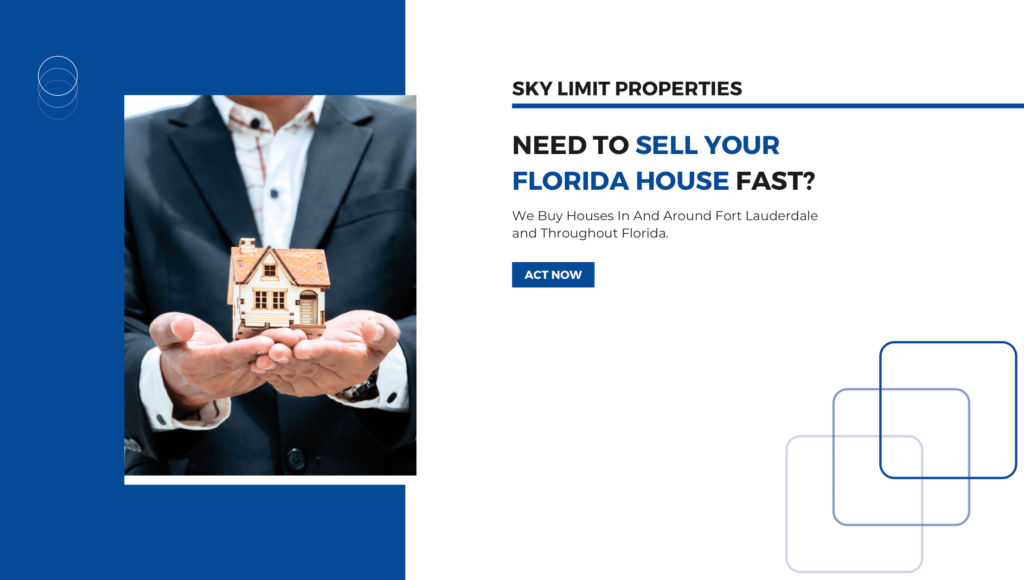Introduction:
Purchasing a property, whether it’s a dream home or an investment property, is a significant financial decision. In Florida’s competitive real estate market, understanding down payments is crucial for prospective buyers. A down payment is the initial cash payment made toward the purchase price of a property. It not only affects the amount you need to borrow but also plays a significant role in loan eligibility and interest rates. In this blog, we will delve into the importance of down payments and provide strategies for buying property in Florida that can help you navigate the process and achieve your real estate goals.
The Importance of Down Payments:
Loan Eligibility:
Down payments are essential factor lenders consider when determining your loan eligibility. A higher down payment demonstrates your financial responsibility and lowers the lender’s risk, increasing the likelihood of loan approval. In Florida, where competition for properties can be fierce, having a substantial down payment can give you a competitive edge in a multiple-offer situation.
Lower Interest Rates:
A larger down payment can potentially lead to lower interest rates on your mortgage loan. Lenders often offer more favorable terms to borrowers who can provide a sizable down payment. By reducing the loan amount, you may qualify for lower interest rates, resulting in significant savings over the life of your loan.
Avoiding Private Mortgage Insurance (PMI):
When the down payment is less than 20% of the purchase price, lenders typically require borrowers to pay for private mortgage insurance (PMI). PMI protects the lender in case of default but adds an additional cost to your monthly mortgage payments. By making a larger down payment and reaching the 20% threshold, you can avoid the expense of PMI and reduce your overall monthly payment.
Strategies for Saving for a Down Payment:
Establish a Budget:
Creating a budget is the first step toward saving for a down payment. Evaluate your income, expenses, and current savings to determine how much you can realistically set aside each month. Identify areas where you can cut back on spending and allocate those savings toward your down payment fund.
Set a Savings Goal:
Once you have a budget in place, set a specific savings goal for your down payment. Consider the price range of properties you’re interested in and calculate the ideal down payment percentage based on lender requirements and your financial capacity. Having a tangible savings goal will help you stay motivated and focused on achieving your target.
Automate Savings:
Automating your savings is an effective way to ensure consistent progress toward your down payment goal. Set up automatic transfers from your checking account to a separate savings account dedicated to your down payment fund. This “pay yourself first” approach makes saving a priority and eliminates the temptation to spend the money elsewhere.
Reduce Expenses:
Look for opportunities to cut back on unnecessary expenses and redirect those savings toward your down payment fund. Consider reducing discretionary spending, such as dining out, entertainment, or subscription services. Review your monthly bills to identify areas where you can negotiate lower rates or switch to more cost-effective alternatives.
Increase Income:
Exploring ways to increase your income can accelerate your savings for a down payment. Consider taking on a side gig or freelance work, asking for a raise at your current job, or investing in additional education




